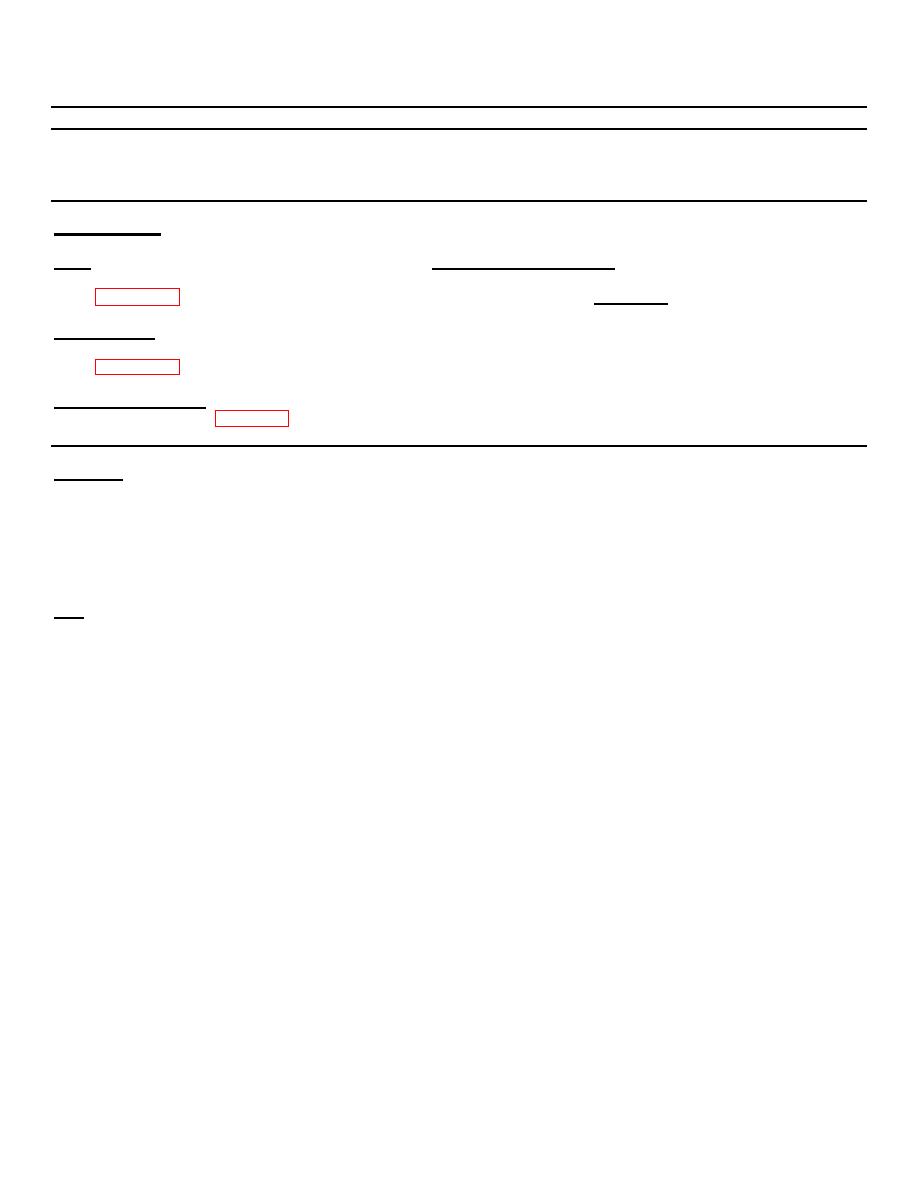
TM 9-4120-403-14
4-49.
COMPRESSOR MOTOR START CAPACITOR (C4)
This task covers:
a.
Inspection
c.
Removal
b.
Test
d.
Installation
INITIAL SETUP
Tools
General Safety Instructions
Tool Kit, Refrigeration
(Appendix B item 1)
WARNING
Materials/Parts
A capacitor can retain a high electrical charge. Touch-
Sealant
ing the terminals of a charged capacitor can result in
severe electrical shock and skin burns. Always ground
the terminals of a capacitor as soon as they are exposed.
Equipment Conditions:
Junction Box Removed (para 4-32)
Inspection
(1)
Using jumper cable, make contact with capacitor terminal and any convenient ground.
(2)
Check for loose, corroded, missing, or broken terminal connections.
(3)
Check capacitor for cracks, evidence of overheating, and any other visible damage. Replace if damaged.
Test
(1)
Remove sealer to access capacitor terminals
(2)
Use a multimeter for the following steps.
* Set meter to highest OHMS scale.
* Connect positive (+) meter lead to positive (+) capacitor terminal.
* Connect negative (-) meter lead to negative (-) capacitor terminal.
(3) A good capacitor will be shown by meter quickly registering high resistance, then slowly backing off to zero
4-123

